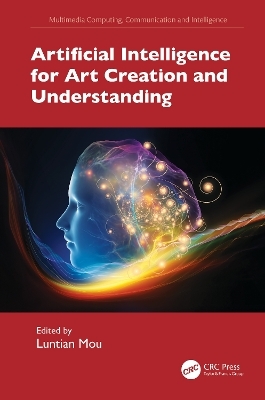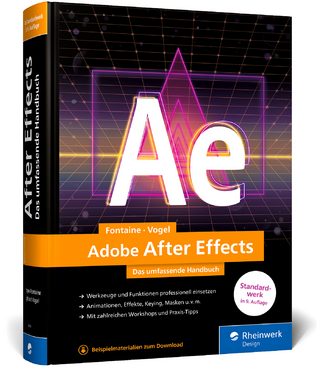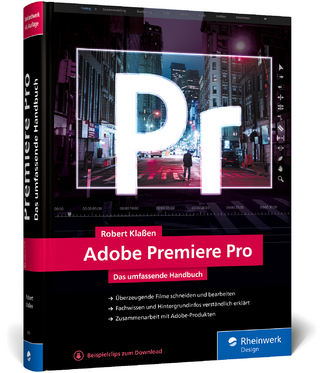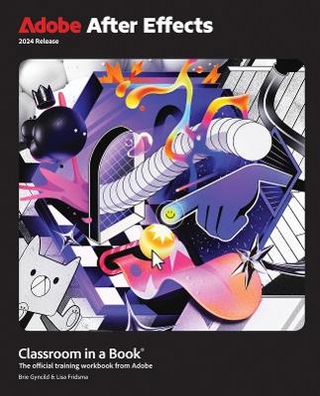
Artificial Intelligence for Art Creation and Understanding
CRC Press (Verlag)
978-1-032-52361-3 (ISBN)
- Noch nicht erschienen (ca. September 2026)
- Versandkostenfrei innerhalb Deutschlands
- Auch auf Rechnung
- Verfügbarkeit in der Filiale vor Ort prüfen
- Artikel merken
AI-Generated Content (AIGC) is a revolutionary engine for digital content generation. In the area of art, AI has achieved remarkable advancements. AI is capable of not only creating paintings or music comparable to human masterpieces, but it also understands and appreciates artwork. For professionals and amateurs, AI is an enabling tool and an opportunity to enjoy a new world of art.
This book aims to present the state-of-the-art AI technologies for art creation, understanding, and evaluation. The contents include a survey on cross-modal generation of visual and auditory content, explainable AI and music, AI-enabled robotic theater for Chinese folk art, AI for ancient Chinese music restoration and reproduction, AI for brainwave opera, artistic text style transfer, data-driven automatic choreography, Human-AI collaborative sketching, personalized music recommendation and generation based on emotion and memory (MemoMusic), understanding music and emotion from the brain, music question answering, emotional quality evaluation for generated music, and AI for image aesthetic evaluation.
The key features of the book are as follows:
AI for Art is a fascinating cross-disciplinary field for the academic community as well as the public.
Each chapter is an independent interesting topic, which provides an entry for corresponding readers.
It presents SOTA AI technologies for art creation and understanding.
The artistry and appreciation of the book is wide-ranging – for example, the combination of AI with traditional Chinese art.
This book is dedicated to the international cross-disciplinary AI Art community: professors, students, researchers, and engineers from AI (machine learning, computer vision, multimedia computing, affective computing, robotics, etc.), art (painting, music, dance, fashion, design, etc.), cognitive science, and psychology. General audiences can also benefit from this book.
Luntian Mou received the Ph.D. degree in computer science from the University of Chinese Academy of Sciences, China in 2012. He accomplished as a postdoctoral Researcher with the Institute of Digital Media, Peking University, China in 2014. From 2019 to 2020, he served as a visiting scholar at Donald Bren School of Information and Computer Sciences, University of California, Irvine, USA. He is currently an associate professor with the Beijing Institute of Artificial Intelligence, Beijing University of Technology, China. His research interests include artificial intelligence, machine learning, pattern recognition, affective computing, multimedia computing, and brain-like computing. He has published on renowned journals such as TAFFC, TMM, TOMM, and ESWA. He is the recipient of Beijing Municipal Science and Technology Advancement Award, IEEE Outstanding Contribution to Standardization Award, and AVS Outstanding Contribution on 15th Anniversary Award. He serves as a guest editor for Machine Intelligence Research, and a reviewer for many important international journals and conferences such as TIP, TAFFC, TCSVT, TITS, AAAI, etc. He is a senior member of IEEE and CCF, and a member of ACM. He is the chair of the organizing committee of the 2023 CSIG Conference on Emotional Intelligence (CEI). He is the founding chair of IEEE Workshop on Artificial Intelligence for Art Creation (AIART).
1. Explainable AI and Music, 2. AI-Enabled Robotic Theaters for Chinese Folk Art, 3. AIBO: Or How to Make a ‘Sicko’ Brainwave Opera, 4. Cross-Modal Generation of Visual and Auditory Content: A Survey, 5. Artistic Text Style Transfer, 6. Data-Driven Automatic Choreography, 7. Toward Human-AI Collaborative Sketching, 8. MemoMusic: A Personalized Music Recommendation and Generation Framework Based on Emotion and Memory, 9. Algorithmic Composition Techniques for Ancient Chinese Music Restoration and Reproduction: A Melody Generator Approach, 10. Understanding Music and Emotion from the Brain, 11. Music Question Answering: Cognize and Perceive Music, 12. Emotional Quality Evaluation for Generated Music, 13. A Deep Drift-Diffusion Model for Image Aesthetic Score Distribution Prediction
| Erscheint lt. Verlag | 30.9.2026 |
|---|---|
| Reihe/Serie | Multimedia Computing, Communication and Intelligence |
| Zusatzinfo | 37 Tables, black and white; 30 Line drawings, color; 21 Line drawings, black and white; 103 Halftones, color; 9 Halftones, black and white; 133 Illustrations, color; 30 Illustrations, black and white |
| Verlagsort | London |
| Sprache | englisch |
| Maße | 156 x 234 mm |
| Themenwelt | Kunst / Musik / Theater |
| Informatik ► Grafik / Design ► Film- / Video-Bearbeitung | |
| Informatik ► Theorie / Studium ► Künstliche Intelligenz / Robotik | |
| Technik ► Umwelttechnik / Biotechnologie | |
| ISBN-10 | 1-032-52361-1 / 1032523611 |
| ISBN-13 | 978-1-032-52361-3 / 9781032523613 |
| Zustand | Neuware |
| Haben Sie eine Frage zum Produkt? |
aus dem Bereich


